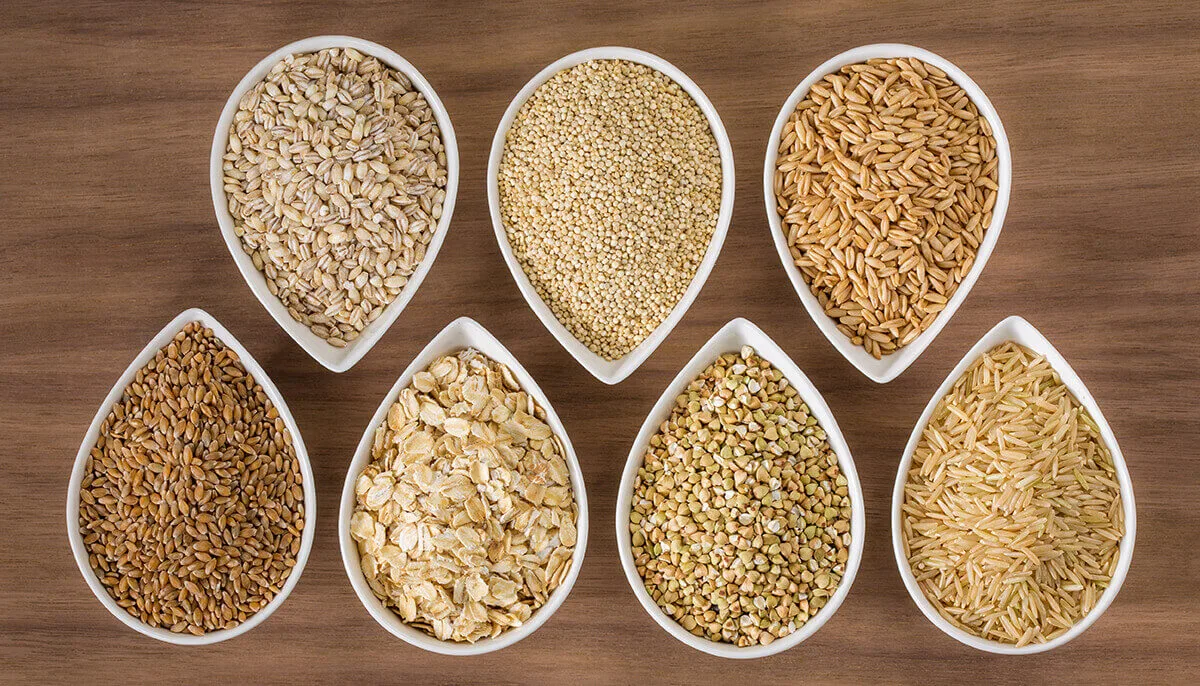A balanced diet is the single most important component for sustainable weight loss and lifelong health. And grains can play a pivotal role in that equation when chosen wisely. But with the staggering amount of misinformation around which grains actually facilitate weight management, it’s crucial to separate fact from fiction. This article will provide an extensive, science-backed look at how different types of grains impact the body and contribute to or inhibit fat burning and lean muscle building. You’ll come away with clarity on how to select and prepare grains that align with your unique health goals now and decades down the road.
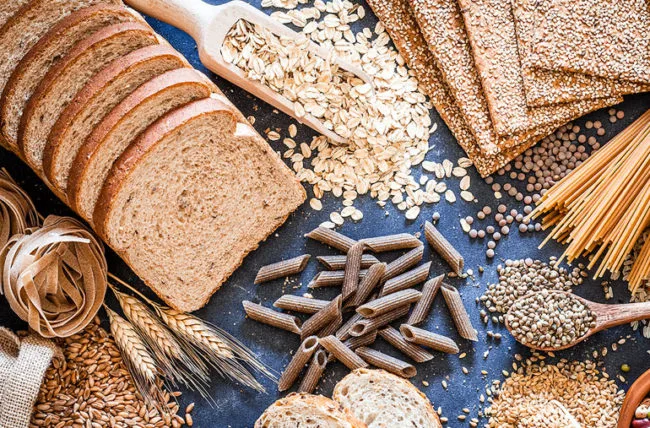
The Science Behind Grains and Weight Loss
Losing weight essentially requires expending more calories than you consume on a consistent basis. And since grains make up a major part of the modern diet, having an in-depth grasp of how they’re processed and absorbed by the body enables you to use them intentionally to tip that calorie equation where you want it. Let’s unpack some of the physiology so you can engage your food with eyes wide open.
At the most basic level, all grains provide carbohydrates, which the body breaks down into glucose it uses for energy. But substantial differences emerge when you compare grains that have been heavily refined during manufacturing to those left more intact. Refined grains like white rice, bread, pasta and crackers made from pulverized all-purpose flour get quickly digested and absorbed, providing a fast jolt of calories that then plummets. This rollercoaster effect on blood sugar and insulin can promote fat storage as well as rebound hunger. Whole grains like long grain brown rice, 100% whole wheat bread, quinoa and steel cut oatmeal still contain all three original components of the grain kernel — the fiber-packed bran, starchy endosperm and nutrient-dense germ oil. They break down more slowly and uniformly thanks to that protective fiber barrier. This gives you steadier energy and satisfaction that curbs cravings between meals naturally. Multiple high quality studies have demonstrated that choosing more whole grains over refined versions is reliably associated with decreased body weight, body fat, waist size and BMI over months and years of habitual consumption.
If the word to remember about refined grains is fast, the word for whole grains is fiber. Concentrated soluble and insoluble fiber content is truly the MVP of whole grains’ weight loss advantages. Soluble fiber forms a thick gel when mixed with liquids, which physically slows digestion, resulting in a slow, steady release of glucose rather than a flood. This helps minimize unhealthy blood sugar and insulin spikes so fat burning can stay turned on. Soluble fiber has bonus cardiovascular benefits too, lowering LDL cholesterol. Insoluble fiber, on the other hand, glides through undigested till it reaches the large intestine. There it helps regulate bowel function by adding bulk that sweeps waste material smoothly through. This natural regulatory effect curbs constipation while providing a lasting feeling of fullness both during and between meals that enables eating less without being constantly plagued by hunger pangs. Multiple studies confirm that simply sprinkling extra insoluble fiber into one’s diet reliably promotes weight loss thanks to this combined effect of reduced calorie consumption and improved digestive regularity.
So while counting total calories consumed will always be the ultimate lynchpin for weight loss, it’s just as crucial to consider where those calories originate – namely are they coming from foods packed with vitamins, minerals and other compounds that nurture your body’s healthy functioning. When slashing calories to spur weight loss, it’s easy to shortchange yourself on the full spectrum of essential nutrients if choices aren’t mindful. And yet expecting your body to adapt optimally without complete nutrition is unrealistic at best and dangerous at worst. This is another area where whole grains outperform refined flours and sugars in carbohydrate quality every time. Common practices of grinding whole grains down to particles and stripping away nutritious components to extend shelf life also removes or damages the natural abundance of antioxidants, essential fatty acids, key B vitamins like niacin, vitamin E, iron, zinc, magnesium and more that keep the body’s intricate systems functioning properly. So by choosing options like long grain brown or wild rice, whole grain barley, Kamut berries and native corn you stock your nutritional bank account while still enjoying delicious carbs. When considering grains for health, it’s just as useful to think whole as it is fiber.
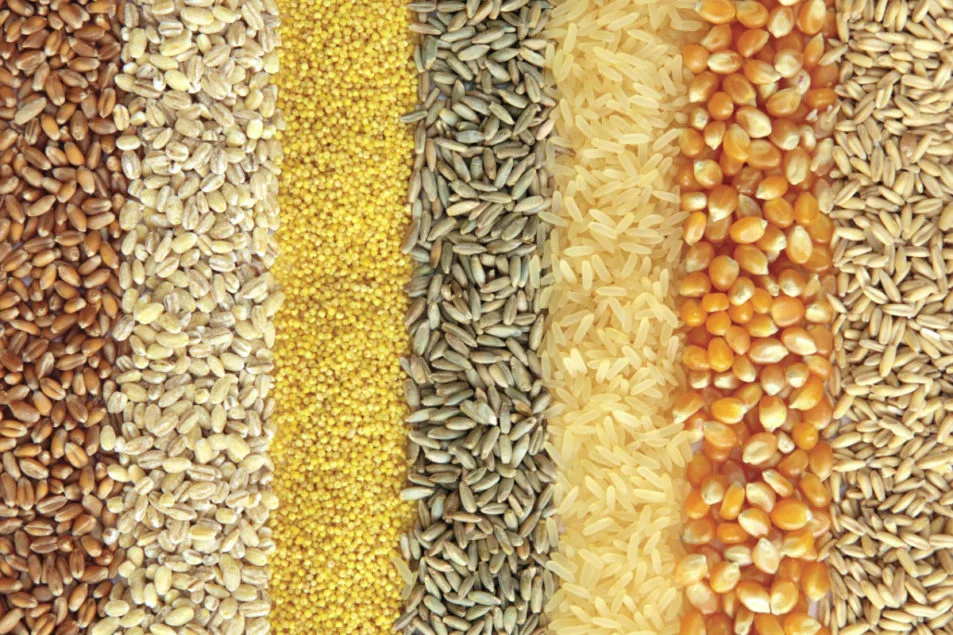
Grains for Different Health States
honoring medical conditions and sensitivities when customizing grain choices optimizes their benefit
If you have celiac disease or gluten sensitivity, steering 100% clear of gluten containing grains isn’t just strongly advised – it’s absolutely essential for managing symptoms. Consuming gluten triggers severe immune responses for those intolerant to it, damaging the intestinal villi responsible for absorption. Obviously malnutrition and digestive distress severely hinder weight loss goals. Fortunately gluten-free whole grains readily support healthy weight loss as tasty replacements, delivering ample fiber, antioxidants and replacement nutrients like magnesium, iron and zinc. Some delicious options include brown rice, wild rice, millet, teff, amaranth, buckwheat groats and quinoa. While inherently gluten-free, some caution is still prudent since grains like oats and millet are often farmed side by side with wheat and barley. Seek verified gluten-free sources. As well those with autoimmune issues benefit from choosing organic grains whenever possible to avoid immune-provoking pesticide residues.
If insulin resistance or metabolic syndrome contribute to excess weight gain, tailoring grain choices to stabilize erratic blood sugar patterns enables efficient fat loss. Options with lowest glycemic index rankings slow absorption, which helps insulin stay balanced too. Look to barley, buckwheat groats, rye berries, quinoa, steel cut oats and sprouted whole grain breads over refined white flour products to manage cravings and hunger. Improving insulin’s efficiency allows stored body fat to be accessed for fuel. Bonus fiber in whole grains feeds healthy gut flora linked to reduced insulin resistance as well. Those with diabetes also benefit from the vitamin and antioxidant concentrations in whole grains that provide nutritional support for optimal wellness.
For athletes and individuals regularly doing intense workouts involving heavy weightlifting, higher caloric intake is often necessary to meet increased energy expenditures and recovery needs. Without adequate fuel intake, the risk of lean muscle loss alongside fat increases. Whole grains can play an important role for active individuals trying to reduce body fat percentage while maintaining or building metabolically active muscle mass. Since complex carbohydrates are first to supply muscles working hard aerobically, nutrient-dense whole grains give both strength training and steady state endurance exercise a boost compared to eating refined options. Whole grains don’t cause the energy crashes associated with simple sugars thanks to their steady releasing fiber. Enjoy some whole grain toast with avocado before hitting the gym, cook up a bowl of creamy brown rice after a tough workout, or enjoy a snack of hummus on sprouted whole grain crackers to aid muscle recovery. The key for athletes is sticking to portion sizes in line with the higher caloric needs of activity level. Use digestible fibers to feel satiated rather than overly stuffed.
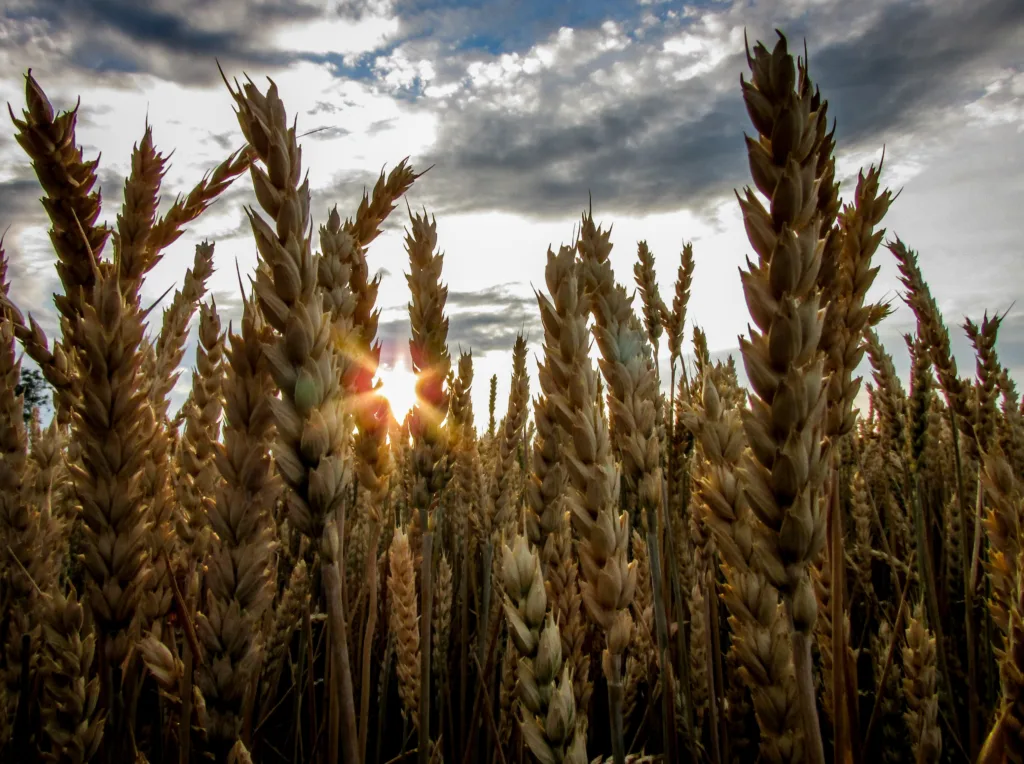
Incorporating Grains into a Weight Loss Plan
Hopefully the versatility and benefits of whole grains are crystalizing. Now let’s explore some simple ways to integrate them into daily meal planning.
Get comfortable preparing whole grains like farro, wild rice and quinoa to use as the base of lunch bowls and dinners in place of refined white rice or pastas. Branch out beyond oats for morning porridges too – amaranth, teff and buckwheat make warming alternatives. When baking treats like muffins and breads, take the easy swap and use 100% whole wheat or other whole grain flours instead of refined to up fiber and nutrients. And don’t reserve whole grains just for savory dishes – experiment with adding a nutritional boost to granolas, cookies and bars too.
Once you’ve got some reliable whole grain staples queued up, get precise with portions to avoid sabotaging your weight loss efforts. Though needs increase if you’re highly active, a general daily recommendation for whole grains is about 1 1⁄2 to 2 cups cooked for women and 2 to 2 1⁄2 cups for men. Estimating portion sizes takes some practice at first. For reference 1 slice of whole grain bread, 1⁄2 cup cooked grains like quinoa or brown rice and 1 ounce of dry whole grain pasta equal a single portion. Grab measuring cups and kitchen scales if helpful to eliminate eyeballing.
And as the saying goes, we also eat first with our eyes. Make whole grains look just as beautiful plated up as refined options. Learn simple preparation tricks like allowing cooked grains to steam off any excess moisture before fluffing with a fork. Top salads, sides and grain bowls with vinaigrettes, fresh herbs, toasted nuts and brightly colored produce like berries or oranges that make inner health show on the outside.
Taking a mindful approach to enjoying whole grains can also reinforce long lasting weight loss habits. Instead of multi-tasking through meals on autopilot, set aside distractions to fully focus on each nourishing bite. Engage all five senses while you reacquaint your body with whole grains often elbowed off plates by less worthy refined imposters. Appreciate their hearty textures. Inhale soft nutty aromas. Savor the concentrated sweetness balancing satisfying savory umami. This present moment eating style increases both pleasure and patience, allowing fullness cues to register naturally so portions stay right sized.
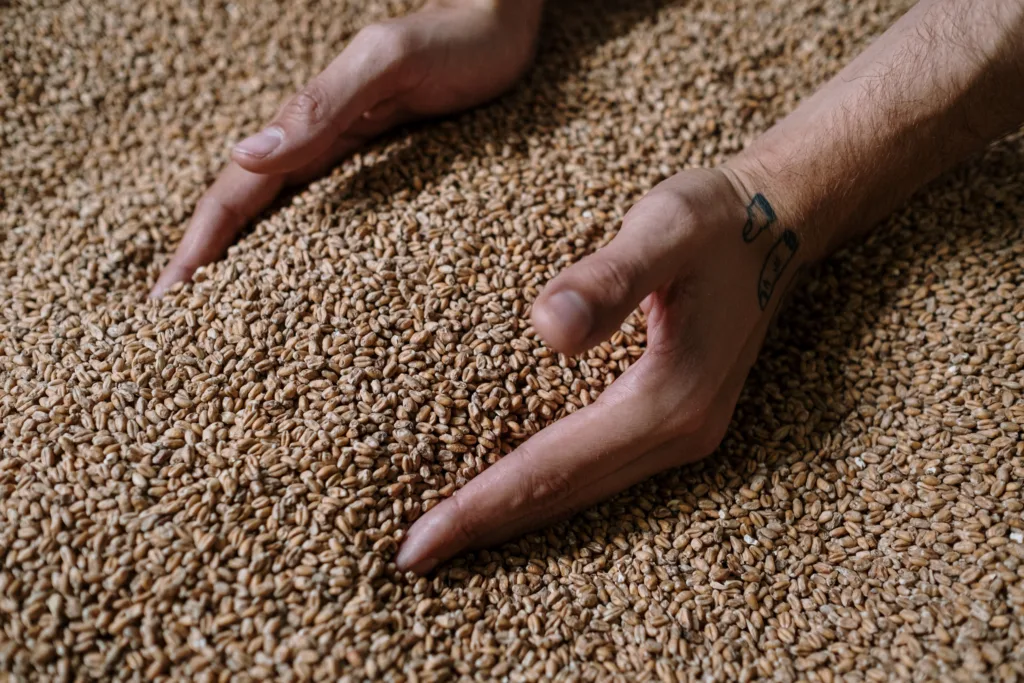
Final Thoughts
Your dietary choices wield such profound influence on wellness goals both today and decades down the road. Now that you grasp exactly how different grains uniquely impact the physiology, you hold the power to select and prepare varieties mindfully that serve your aims. Whether prioritizing sustainable fat loss, fueling intense training needs, overcoming medical obstacles or simply amplifying daily nutrition, fiber and antioxidant rich whole grains check every box. Their versatility allows them to slide seamlessly into any reasonable plan or plate. Just stick with ample whole grain varieties avoiding unnecessary refinement whenever possible and portion sizes that align with your lifestyle. Monitor how your body responds, tweaking grams up or down and grain types until you land on your own personal sweet spot that leaves you nourished, balanced and vibrant. Commit to that enlightened understanding as your new normal and watch the results speak for themselves!
Thank you for reading this post, don't forget to subscribe to our free newsletter
!
